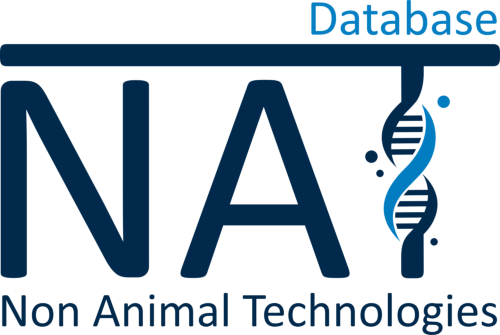Self-assembling 3D vessel-on-chip model with hiPSC-derived astrocytes
2024
Leiden University Medical Centre, Leiden, Netherlands
Functionality of the blood-brain barrier (BBB) relies on the interaction between endothelial cells (ECs), pericytes, and astrocytes to regulate molecule transport within the central nervous system. Most experimental models for the BBB rely on freshly isolated primary brain cells. Here, human induced pluripotent stem cells (hiPSCs) as a cellular source for astrocytes in a 3D vessel-on-chip (VoC) model were explored. Self-organized microvascular networks were formed by combining hiPSC-derived ECs, human brain vascular pericytes, and hiPSC-derived astrocytes within a fibrin hydrogel. The hiPSC-ECs and pericytes showed close interactions, but, somewhat unexpectedly, addition of astrocytes disrupted microvascular network formation. However, continuous fluid perfusion or activation of cyclic AMP (cAMP) signalling rescued the vascular organization and decreased vascular permeability. Nevertheless, astrocytes did not affect the expression of proteins related to junction formation, transport, or extracellular matrix, indicating that, despite other claims, hiPSC-derived ECs do not entirely acquire a BBB-like identity in the 3D VoC model.
Self-assembling 3D vessel-on-chip model with hiPSC-derived astrocytes
Valeria V. Orlova
Added on: 04-28-2025
[1] https://www.cell.com/stem-cell-reports/fulltext/S2213-6711(24)00148-6?_returnURL=https%3A%2F%2Flinkinghub.elsevier.com%2Fretrieve%2Fpii%2FS2213671124001486%3Fshowall%3Dtrue





